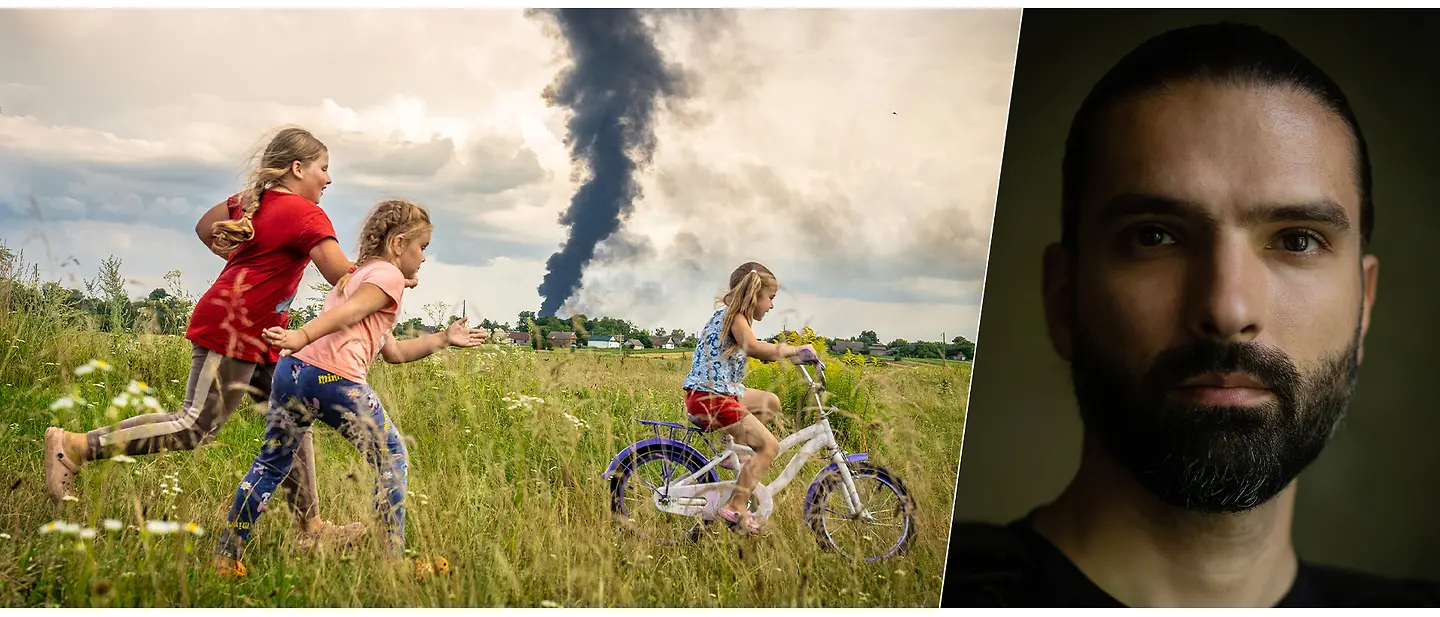UNICEF Photo of the Year 2023
Each year, UNICEF Germany has awarded the “UNICEF Photo of the Year Award” to photos and photo series that best depict the personality and living conditions of children worldwide in an outstanding manner. Here are the winners 2023. Text: Peter-Matthias Gaede, UNICEF.
Patryk Jaracz, Poland
Ukraine: Under the dark clouds of war
Five-year-old Alina is practicing riding her bike, followed by her friends. A moment of lightheartedness in a meadow somewhere in the northwest of Ukraine, that banishes the dark clouds of misery, for a while at least. The night before, a drone strike set fire to an oil depot nearby. This time it was just an oil depot, not a residential building, not a hospital, not a school.
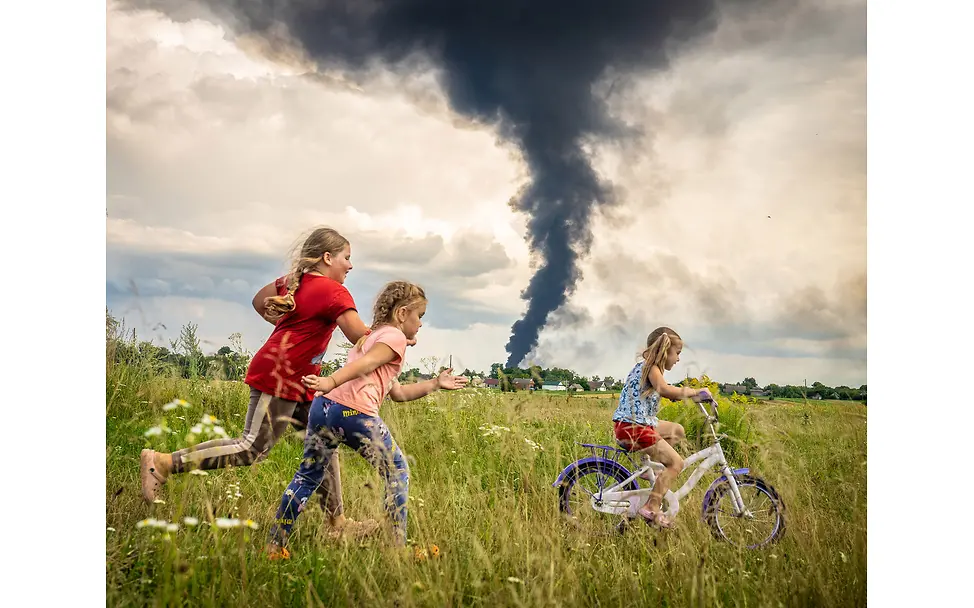
The war in Ukraine, which broke out in February 2022, does not overshadow every day and every place in this large country, so that it could utterly destroy the simple joys, needs, and resilience of its children. This can be seen in this stunning picture by Polish photographer Patryk Jaracz. However, he also repeatedly documents the mental and physical injuries suffered by Ukrainian children: a 13-year-old boy who was hit by five bullets while fleeing in a car and had to witness the death of his father. Or a ten-year-old girl whose mother wanted to cut off her hair to make her look like a boy because she was afraid that Russian soldiers would rape her. Children who get panic attacks every time they hear an airplane.
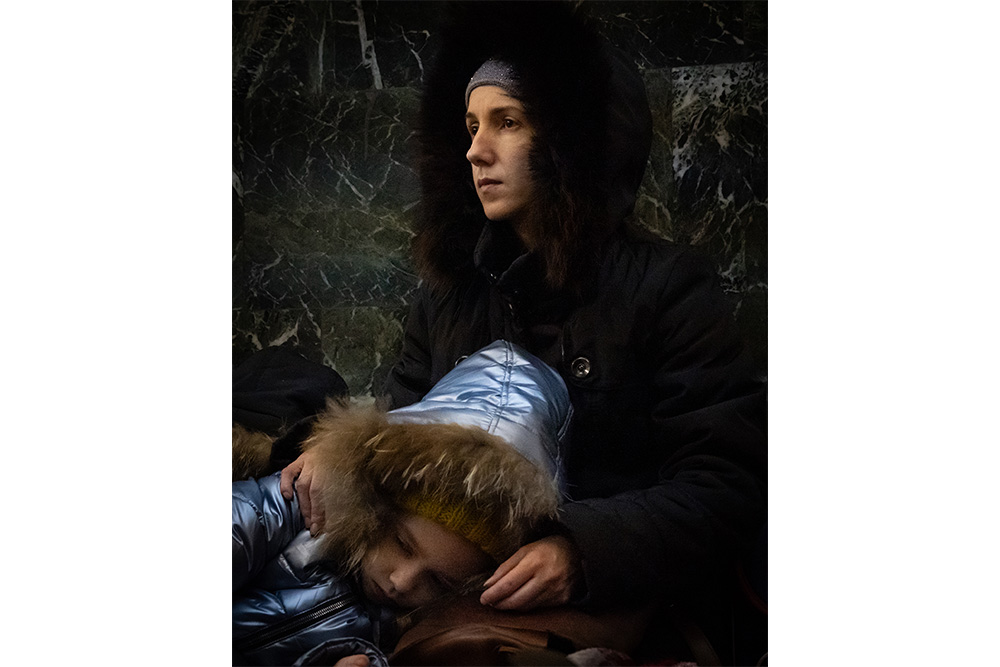 Bild 1 von 14 © Patryk Jaracz, Poland
Bild 1 von 14 © Patryk Jaracz, Poland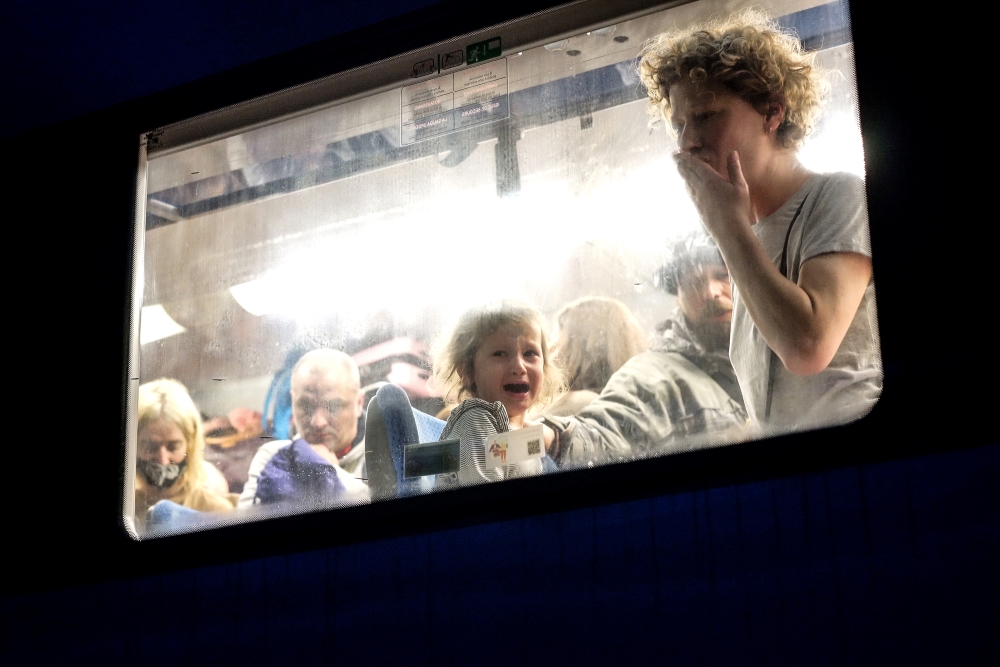 Bild 2 von 14 © Patryk Jaracz, Poland
Bild 2 von 14 © Patryk Jaracz, Poland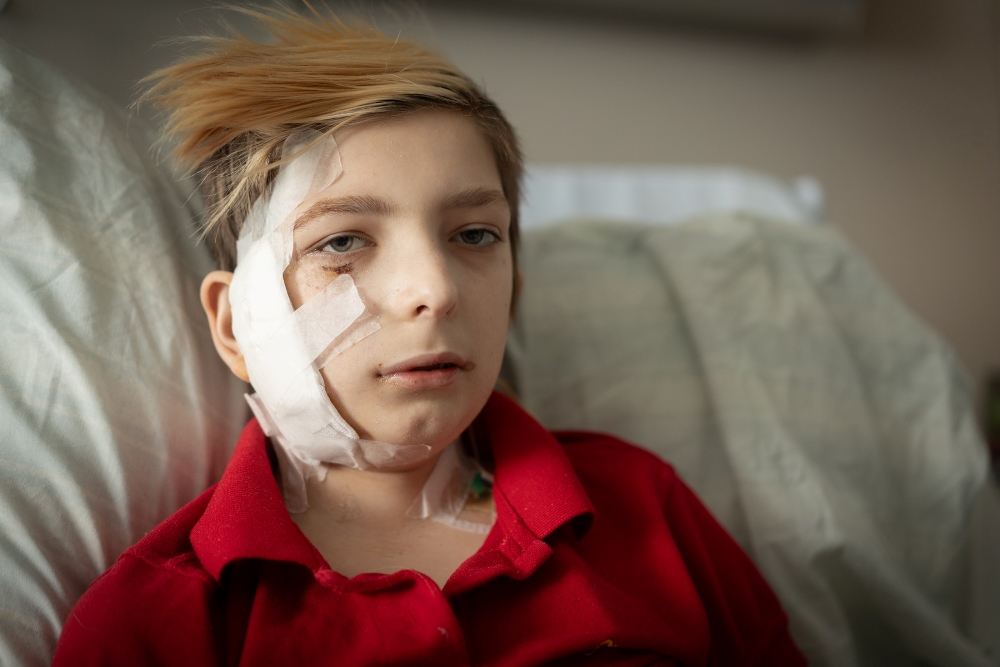 Bild 3 von 14 © Patryk Jaracz, Poland
Bild 3 von 14 © Patryk Jaracz, Poland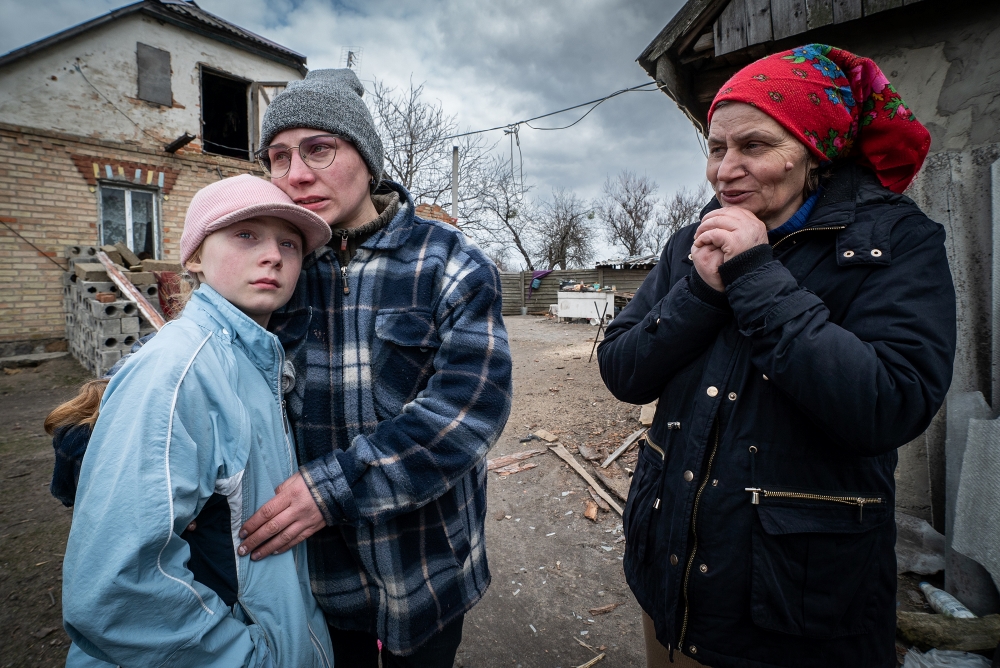 Bild 4 von 14 © Patryk Jaracz, Poland
Bild 4 von 14 © Patryk Jaracz, Poland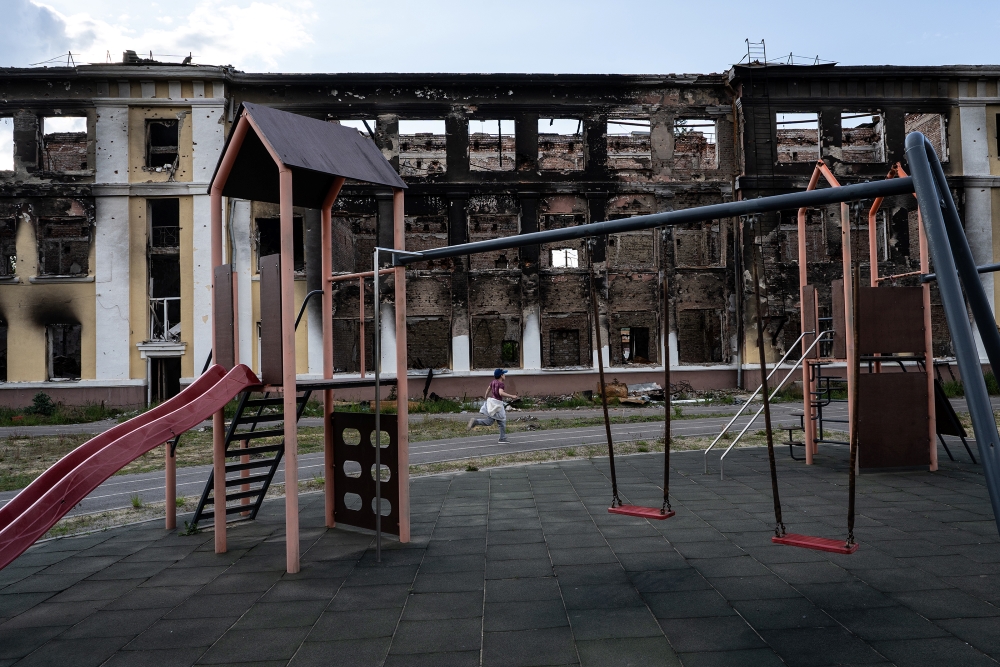 Bild 5 von 14 © Patryk Jaracz, Poland
Bild 5 von 14 © Patryk Jaracz, Poland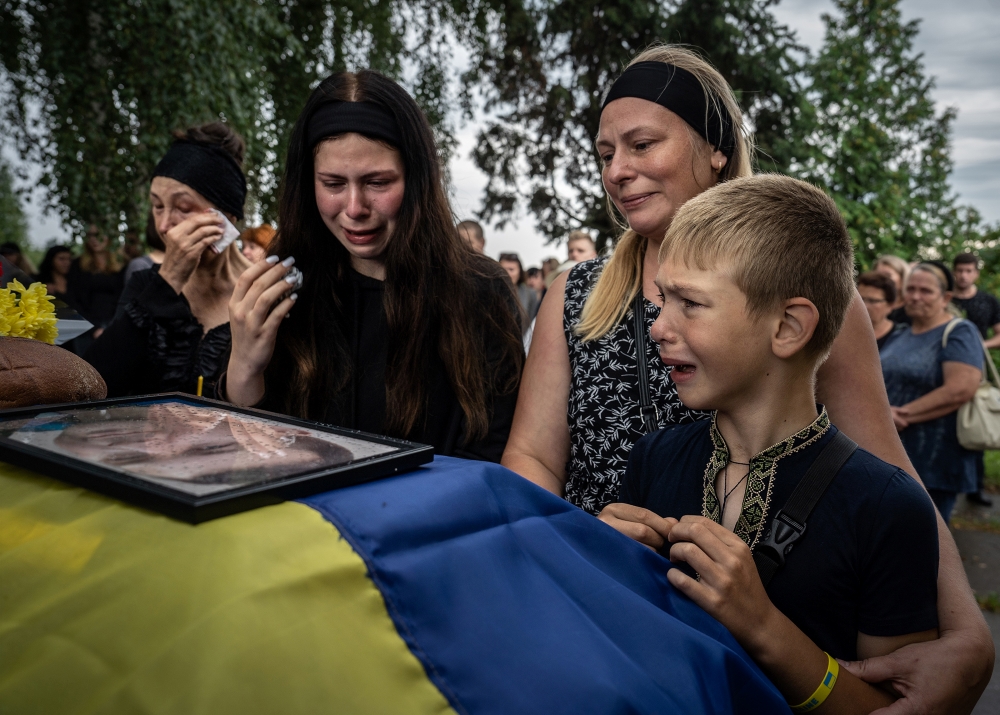 Bild 6 von 14 © Patryk Jaracz, Poland
Bild 6 von 14 © Patryk Jaracz, Poland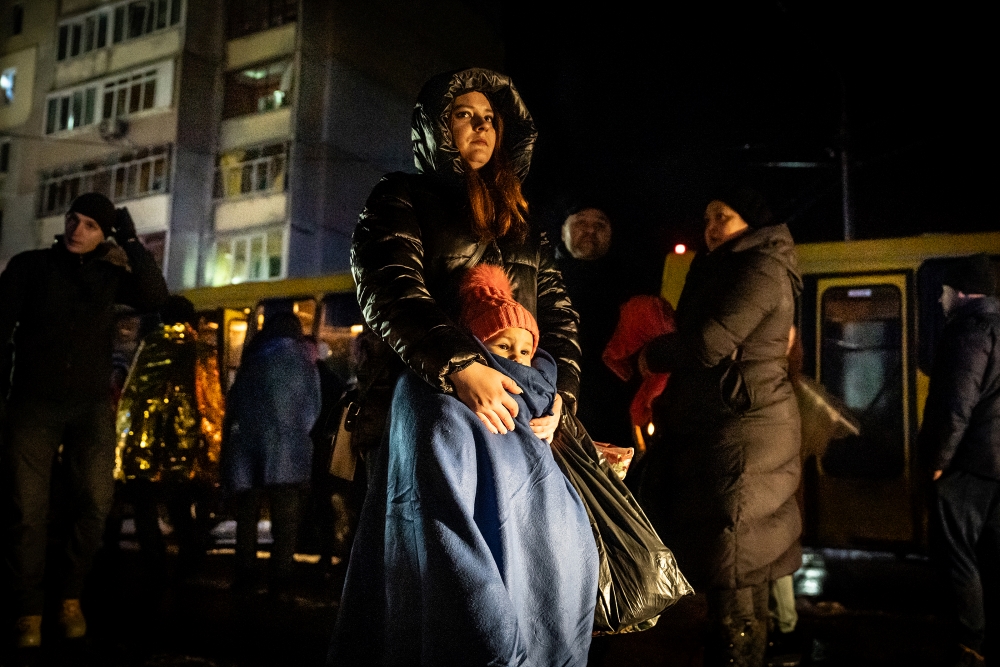 Bild 7 von 14 © Patryk Jaracz, Poland
Bild 7 von 14 © Patryk Jaracz, Poland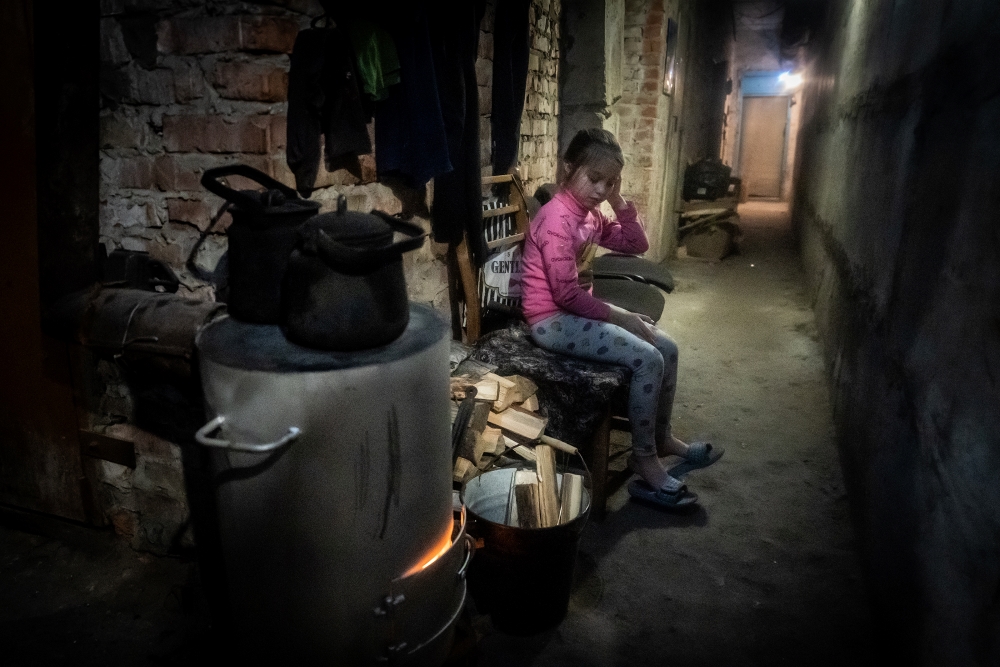 Bild 8 von 14 © Patryk Jaracz, Poland
Bild 8 von 14 © Patryk Jaracz, Poland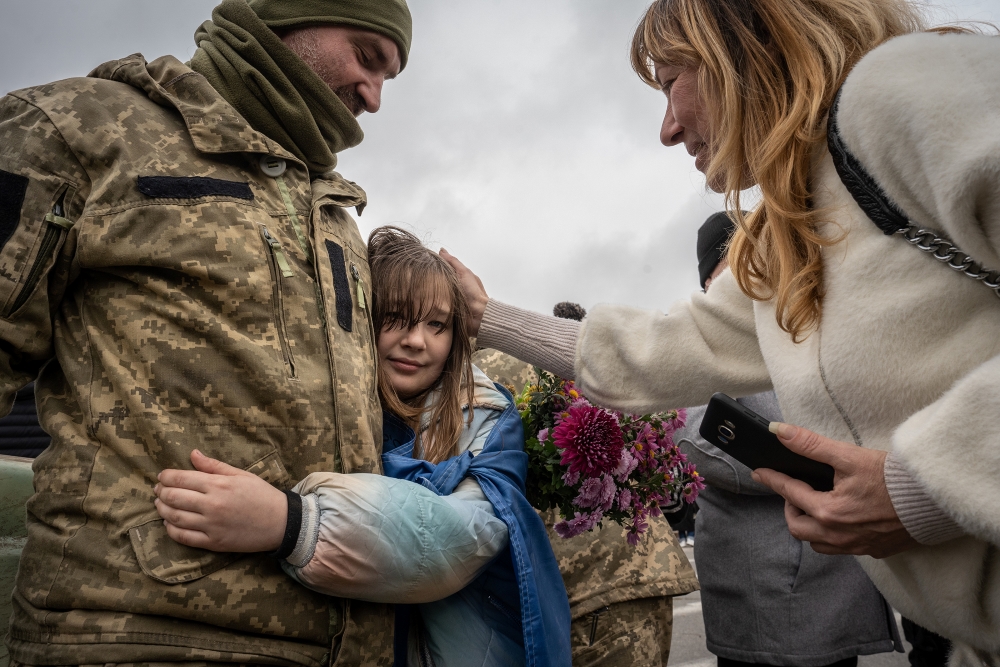 Bild 9 von 14 © Patryk Jaracz, Poland
Bild 9 von 14 © Patryk Jaracz, Poland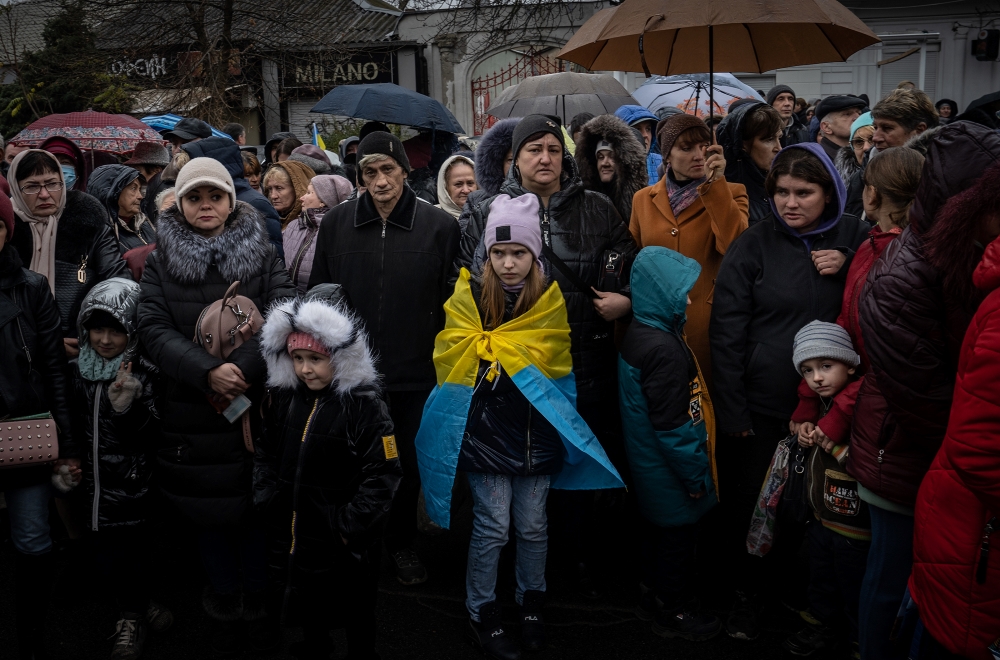 Bild 10 von 14 © Patryk Jaracz, Poland
Bild 10 von 14 © Patryk Jaracz, Poland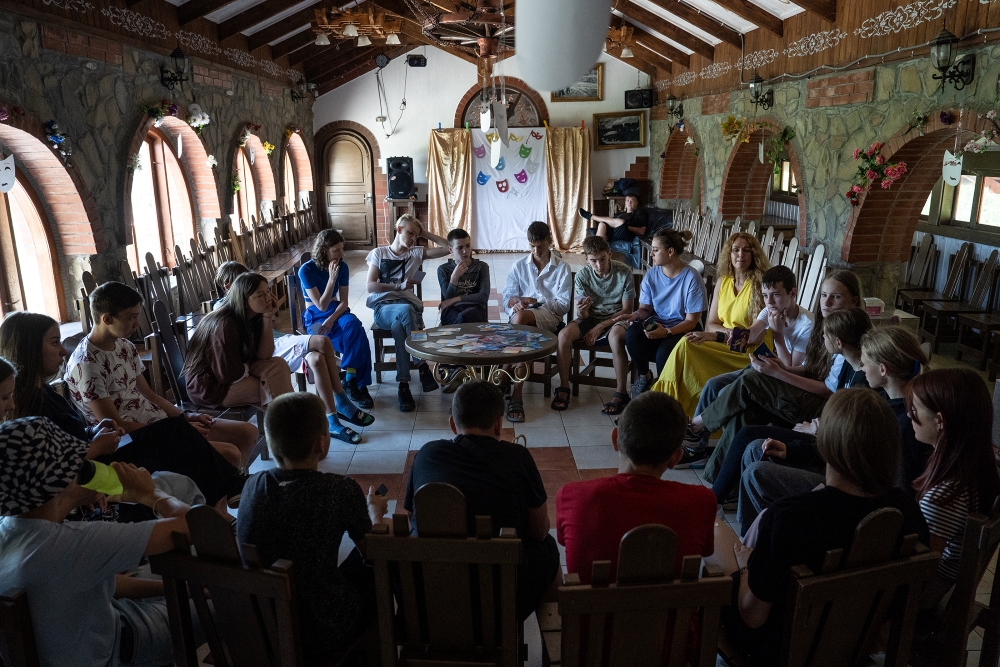 Bild 11 von 14 © Patryk Jaracz, Poland
Bild 11 von 14 © Patryk Jaracz, Poland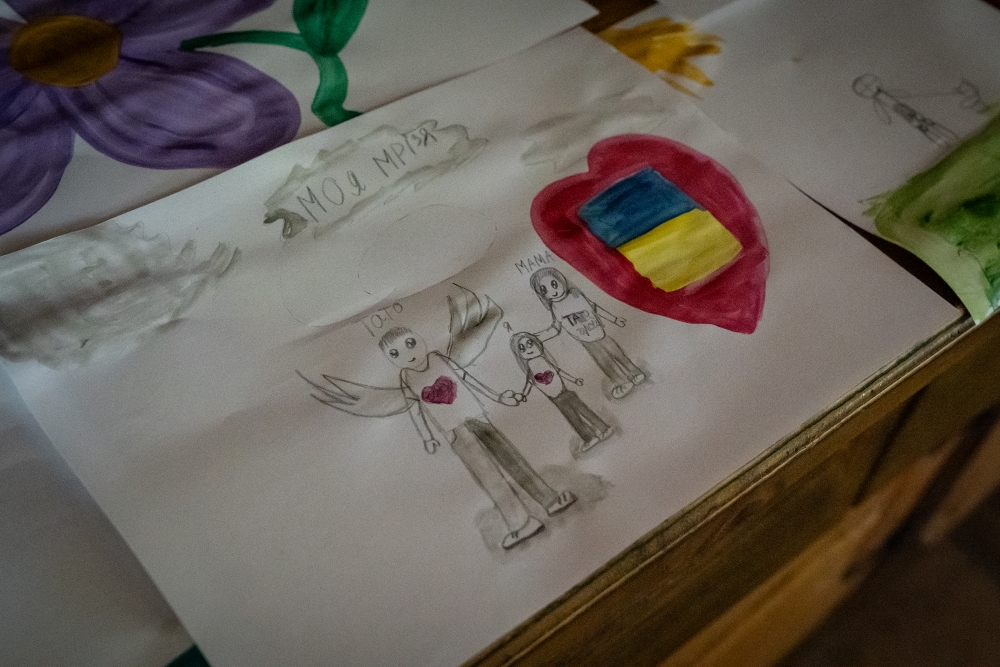 Bild 12 von 14 © Patryk Jaracz, Poland
Bild 12 von 14 © Patryk Jaracz, Poland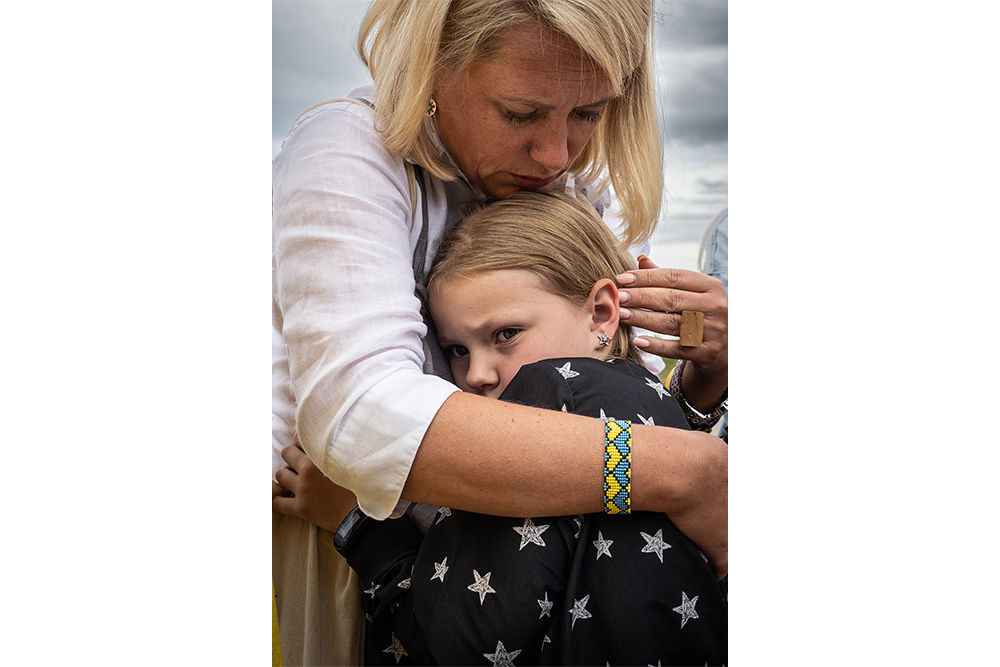 Bild 13 von 14 © Patryk Jaracz, Poland
Bild 13 von 14 © Patryk Jaracz, Poland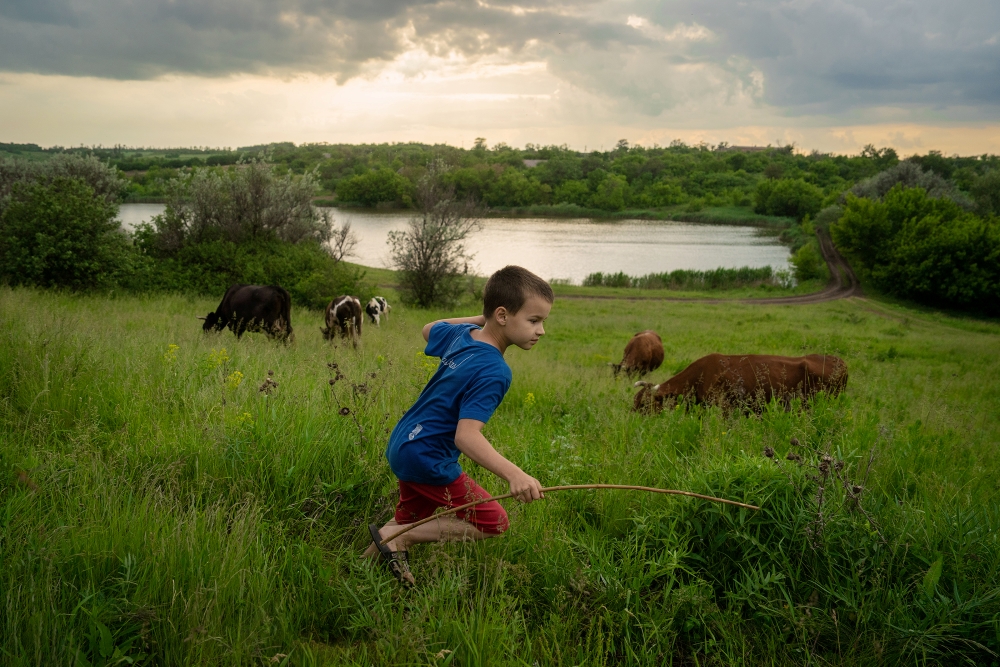 Bild 14 von 14 © Patryk Jaracz, Poland
Bild 14 von 14 © Patryk Jaracz, Poland
It is still difficult to assess the long-term impact of the war experiences of millions of Ukrainian children. Especially as there is no end in sight to the attacks, the flight from danger, and the suffering. It breaks his heart, says Jaracz, to see people suffering like this.
Photographer: Patryk Jaracz, Poland
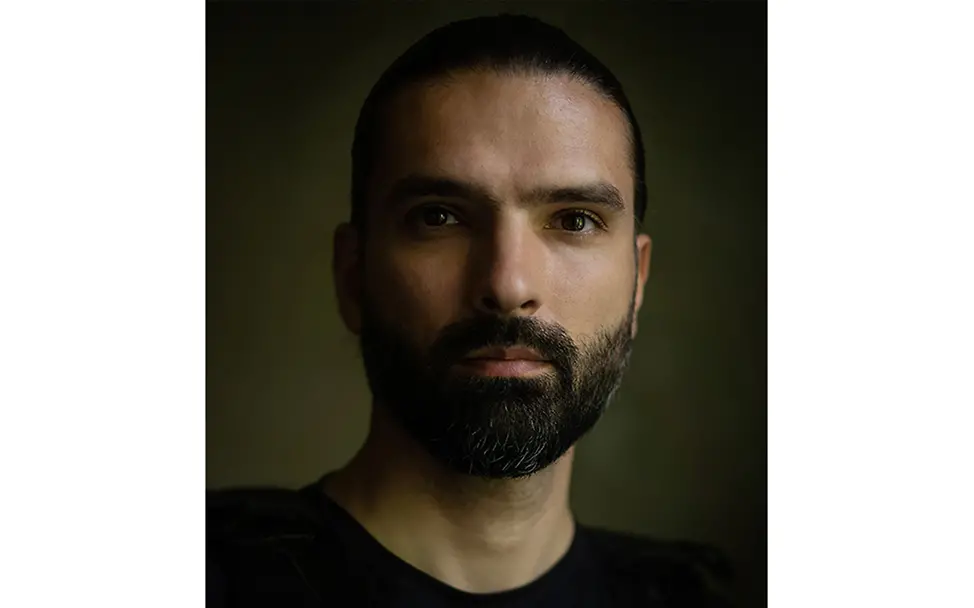
Patryk Jaracz, born in 1990, had previously worked in London and Toronto before he decided to pursue documentary photography and film. While reporting on the protests against Belarusian dictator Lukashenko in Minsk, Jaracz himself was arrested and tortured.
Jaracz has been living in Kyiv since the beginning of 2022, reporting exclusively on the war in Ukraine for print media and TV stations in Germany and other European countries. For him, Ukraine is a place where “not only the future of this one country will be decided”.
Polish photographer Patryk Jaracz has been documenting the war in Ukraine since the beginning of 2022. He pays particular attention to the situation of children. This year’s winning picture symbolizes the light of children’s resilience and joy that breaks through the darkness of global wars, conflicts and disasters. In the interview, Patryk Jaracz talks about his personal experiences and describes his observations in his own words.
Dear Patryk. Congratulations on winning the “UNICEF Photo of the Year”. What does the award mean to you? Share your thoughts with us.
Patryk Jaracz: Winning the UNICEF Photo of the Year 2023 is confirmation of the value of my work. It is also recognition for this special photo and a great feeling that my work is appreciated, resonates with people and evokes emotions. I am very happy about the award.
As a photographer and documentary filmmaker, you have been in Ukraine since January 2022. What motivated you to go there even before the war broke out?
As a photographer and documentary filmmaker, you have been in Ukraine since January 2022. What motivated you to go there even before the war broke out?
Patryk: I had been pursuing the plan to come here and learn the language for several years. The war in Ukraine started back in 2014 in the east of the country, in the Donbas region. I originally wanted to document it.
I have been in Kiev since January 1, 2022. I arrived here two months before the outbreak of war in the whole of Ukraine. And then everything happened very quickly and I was right in the middle of the action. However, due to the current developments in the capital Kyiv, I now have the opportunity to take a break from the stresses and strains of my work from time to time and then regularly head back to the south or east of the country. There I photograph current events and capture the war in my own way.
You were born and grew up on the Baltic coast of Poland. You studied Visual Arts in Poznan. Where does your enthusiasm for pictures come from?
You were born and grew up on the Baltic coast of Poland. You studied Visual Arts in Poznan. Where does your enthusiasm for pictures come from?
Patryk: I think I have a natural preference for visual forms of representation. That was also what led me to study visual arts back then. In the early years of my career I worked as a designer and then as an art director - first in Poland, then in Toronto and London. Over time I realized, however, that I wanted to change my professional focus.
What happened next? - Take us with you.
Patryk: I considered what I really wanted to do and came to the conclusion that it was human rights, so I started studying journalism and photography and finally decided to give up my previous career. I am very glad that I did.
Where did you go for your first major project?
Patryk: For my first major, primarily international project, I went to Belarus to photograph the 2020 elections. Before I went there, I could only imagine how precarious the human rights situation in Belarus really is. What I witnessed was many times worse than I had expected – a violent crackdown on protesters was omnipresent. I also had to experience it first-hand: While I was documenting the protests, I was also detained and, like thousands of other people, beaten and tortured for several days. To see how you can cross a single border and suddenly see people being treated with such cruelty was definitely shocking.
The winning picture shows children playing in a field in the Rivne region –a burning oil depot as a result of a night-time Russian drone attack in the background. How did this picture come about?
Patryk: The creation of the winning picture pretty much describes how my work can go if I don’t follow a precise plan. I live in the Ukraine. At the moment, something different happens every day. I don’t go abroad often – maybe every seven months. This time I was on my way to visit my family in Poland for a short break. I saw smoke from a distance of about 100 kilometers – a great distance. I decided to drive there.
The place in the Rivne region was not far from the Polish border. It showed that attacks can happen anywhere and that nowhere in this country it is really safe at the moment. First I drove to the place where the fire was. It was an oil depot. However, I was not allowed to take photos on site. As I still found the scene spectacular, I stopped again a few kilometers away in a rural area to capture the scene from a distance. It was a coincidence that the three girls were playing there and trying to teach the youngest of them how to ride a bike. But it gave the picture its power and a certain ambiguity.
How would you describe this "ambiguity"?
Patryk: In a way, the winning picture represents a particularly beautiful moment in the childhood of three girls. But only in a certain way. Because the rising smoke is a reminder of the suffering that children in Ukraine are currently exposed to on an almost daily basis. I personally remember very clearly the time when I was learning to ride a bike. My grandma and grandpa taught me. It’s one of those profound memories that I cherish. The reality of children in Ukraine makes it difficult to have such positive feelings.
What information do you have about the children in the picture? Did you have the opportunity to talk to them?
Patryk: At first I just waved at the girls so that they would notice me. However, so as not to disturb the natural scene, I didn’t seek any further contact at first. When I published the picture later, the mother of one of the children commented on the picture on social media. I got in touch with her immediately and spoke to her about the scene and the girls. For her as a mother, it is very painful to see how her daughter’s childhood and that of her friends is burdened by the war. She said that she started crying when she saw the picture. Her words and the emotions associated with them were extremely memorable for me. The parents in Ukraine are suffering enormously from the situation in which their children have to grow up.
As you report, the focus of your work has not only been on human rights issues since your time in Ukraine. How would you describe the aim of your work?
Patryk: I am convinced that there is an urgent need to draw attention to grievances and to present them in detail. Because if nobody finds out and understands what is really going on, the likelihood of things changing for the better is much lower. Giving attention is of course only one of many factors that contribute to change. The path to real change is so much more complicated, but I am convinced that it is possible. In Ukraine, I want to use my work to draw attention to injustices and human rights violations, but also to thoroughly document this time. Human resilience, altruism and courage are also present in this war, and I want to capture the whole picture.
As your reportage "Childhood at war" shows, you are very close to the reality of life of the local people. Many are severely scarred by the war. How do you perceive the people in Ukraine since the war began?
Patryk: The Ukrainians have been there for each other since the beginning of the war and give each other courage. That drives me every day. I have worked with many volunteers from the very beginning, for example, who travel to areas that are under fire. They risk their own safety to help other people. Because of the bravery and selflessness of the people here, it is not as dark as it seems. It gives a certain lightness and hope to the general situation. Wherever something bad happens in the country, there are people who go there and try to help other people. That’s an observation I’ve made many times now.
How do you perceive the children’s worries and psychological stress?
Patryk: The situation is difficult to bear as the children in Ukraine, as I observe it, are exposed to various threats and have to endure extreme suffering. The continuous attacks throughout the country lead to constant stress, injuries and deaths. Those who managed to leave their homes and flee to safety often did so in a sudden and desperate manner. UN investigations also documented cases of Ukrainian children being victims of sexual violence, torture and abductions by Russian troops. Every day, children in Ukraine go to the funerals of their fathers and mothers who fought for their country. They have been living through such traumatizing experiences again and again for almost two years now. In many ways, this war has robbed them of a period of their lives that could have been full of joy.
As in Ukraine, people around the world are facing drastic challenges - wars, crises and disasters. Many of them have one thing in common: they manage to maintain a form of everyday life and support each other. Where do you think they get this strength from?
Patryk: I suppose it’s human nature that we can adapt to even the darkest of circumstances or find the strength to overcome pain and carry on. I see a lot of that in Ukraine, but that doesn’t change the fact that such resilience should not be required of people and certainly not of children.
The interview was conducted by Niklas Klütsch.
